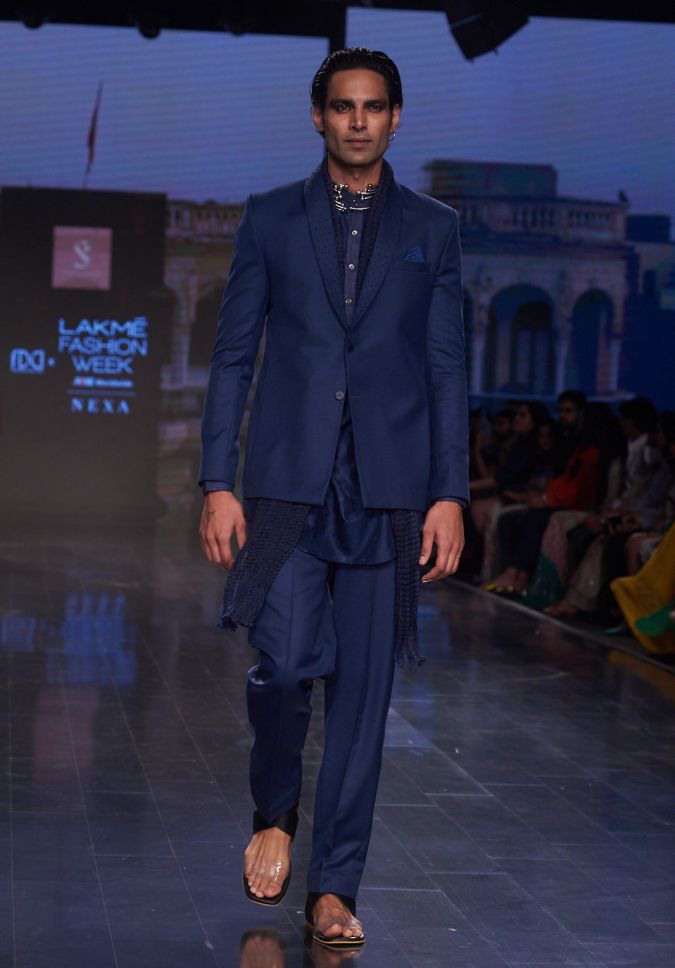An anecdote of Royalty let out in Wraps and Wefts - Maheshwari sarees
Craftsman from the whole country has found the freedom to express their culture and art in these 9 yards of fabric and perhaps This is why India is home to some of the finest handloom fabric since long ago. One among such beautiful weaves, Comes from Maheshwar Madhya Pradesh. with its enriched history, the town falls right in its framed Maheshwari fabric. The Sarees are a few of the diverse fusion which makes Maheshwar a multidimensional and adored place to visit in Madhya Pradesh.
History
In the 5th century maheshwar a town on the Bank of narmada was once the capital of malwas and considerably lofty status was their in terms of royal interest till Maratha Holkar region 1818. The royal family motivated that arrived into superiority of maheshwari saree.
According to the legend, the craftsman from Surat and malwa Where employed to design a complete 9 yard by the Rani Ahilya Bai Holka. Which were gifted to the relatives and guest who visited the palace.The saree went on to become an huge hit among the royal elite circle. Following this, the saree production hike up and started to become popular with all age women. Disiri were originally worn by the ladies of royal status, but now, they are demandable in both national as well international market.
Weaving process
In maheshwar two types of handlooms are used The older pit looms which are heavy fixed and the newer frame looms which are lighter and metal frame. The tenderness and time consuming process of weaving by master Weave starts with dyed and Untangled yeah and received by the weavers in the form of bundles. the thread needs to be freed from tangles and stretch both in weft and wrap In order to make them tighter.
Then the process of reeling is done By using charkha. Thus, rolls are made from bundles. jirka is used to reel the weft and weap yarn. While in case of silk thread a more delicate process involves.
Then the fabric was dyed with the natural colors and zari as well kinari was used to weave. The gold, silver threads and gemstones are used to add the richness to the sari. Nowadays copper coated nylon wires have replaced zari. Since the fabric is airy making them perfect for Indian weather.
Types of maheshwari sari
Mainly five types of maheshwari saree namely, chandrakala,Baingani chandrakala, Chandratara, Beli and parbi. While the chandrakala and Baigani Chandrakala add plain sarees, wild Chandratara, Beli and Parbi characterized by stripes or checks.
Revival
there is a drop in the weaving tradition, Due to fast fashion and machine techniques for production. The royal members head to come forward for the revival of their heritage including Richard Holker and Sally Holkar, Son and daughter-in-law of Maharaja Yeshwant Rao Halkor Il. To Provide employment to women and revive the Maheshwari fabric. In 1979, The couple formed a nonprofitable organization Rehwa Society. Today the society expands approximately 250 weavers and over 1500 looms With the innovation in maheshwari saree to produce dupattas, dress materials, home decors and acccessories. regardless of its simple style today many top not designers and fashion houses are showcasing maheshwari saree and fabric to their collection.
The government also does consist efforts in the form of schemes and benefits also Encourage weavers to work and make their generation by business, Which benefit in keeping the art work alive.
Identification
Mostly cotton and silk are woven In maheshwari sarees. Narrow colored bordered with zari and smal checks, Stripes or solid color in the body. Reversible border is the specialty of maheshwari saree and can be worn both side. Zari and kinari Embellished with leaves and flowers on the border, in karnapool pattern. The other specialty is pallus, Which are made of 5 stripes, three colored and two white alternating Running along its width.
It’s good not to wash maheshwari saree in machine. just water wash with mild detergent for first few wash is required. iron at low or medium heat.Store with mulmul or cotton piece to cover it.











Posting Komentar untuk "An anecdote of Royalty let out in Wraps and Wefts - Maheshwari sarees"